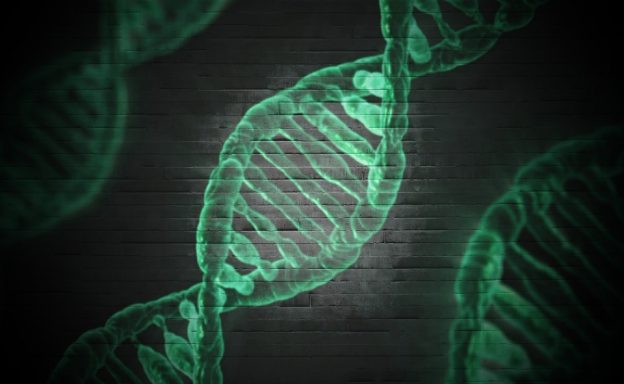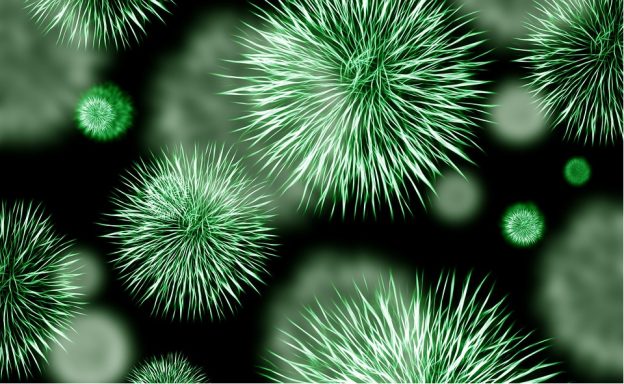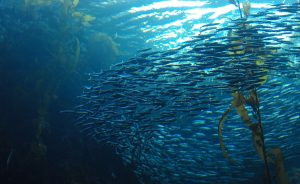Allee efekt nastává, klesá-li s klesající velikostí či hustotou populace zdatnost jedinců. S každým Allee efektem je tedy spojen určitý dědičný znak ovlivňující zdatnost a tedy podléhající přirozenému výběru. U Allee efektu, který vzniká díky klesající šanci nalézt si partnera při klesajících populačních hustotách, takovým znakem může být rychlost hledání partnera či doba, po kterou si může samice po pohlavním styku uchovat spermie.
Protože přítomnost Allee efektu snižuje zdatnost jedince, dalo by se očekávat, že se u těchto jedinců budou znaky vyvíjet tak, aby se zdatnost zvyšovala. Allee efekt by se tak měl zeslabovat nebo případně úplně vymizet. Může se zdát, že tomu tak je, neboť například adaptací pro snazší nalezení partnera pozorujeme mnoho, ať už jde o pohlavní či agregační feromony, ptačí zpěv, kvákání žab, schopnost se efektivně pohybovat, či schopnost proklamovat svou kvalitu skrze čestné signály. Na druhou stranu je Allee efekt, který vzniká díky klesající šanci nalézt si partnera při klesajících populačních hustotách, nejpozorovanějším typem Allee efektu. Musí tedy existovat nějaké evoluční tlaky, které “udržují Allee efekt při životě”.
Odpovědí zde mohou být časté kompromisy v životních strategiích, například pozorování, že rychlejší pohyb může vést ke snížení reprodukce či zvýšení mortality, jak ukazujeme v práci Berec et al. (2018a) a také v článku Berec et al. (2018b). Může ale také docházet k tomu, že znaky, které jsou výhodné při nízkých hustotách, nemusí být výhodné při hustotách vysokých. Při vysokých hustotách tak vlastně může docházet k zesílení Allee efektu, i když toto zesílení se navenek nijak moc neprojeví, neboť při vysokých hustotách jsou Allee efekty víceméně latentní. Projeví se však výrazně, dojde-li k relativně náhlému poklesu populační hustoty, například vlivem katastrofy či působení člověka. A zdá se, že tohle opravdu funguje, neboť velké množství pozorovaných silných Allee efektů nastává u populací redukovaných vlivem člověka, jak demonstrujeme v článku Gascoigne et al. (2009).


